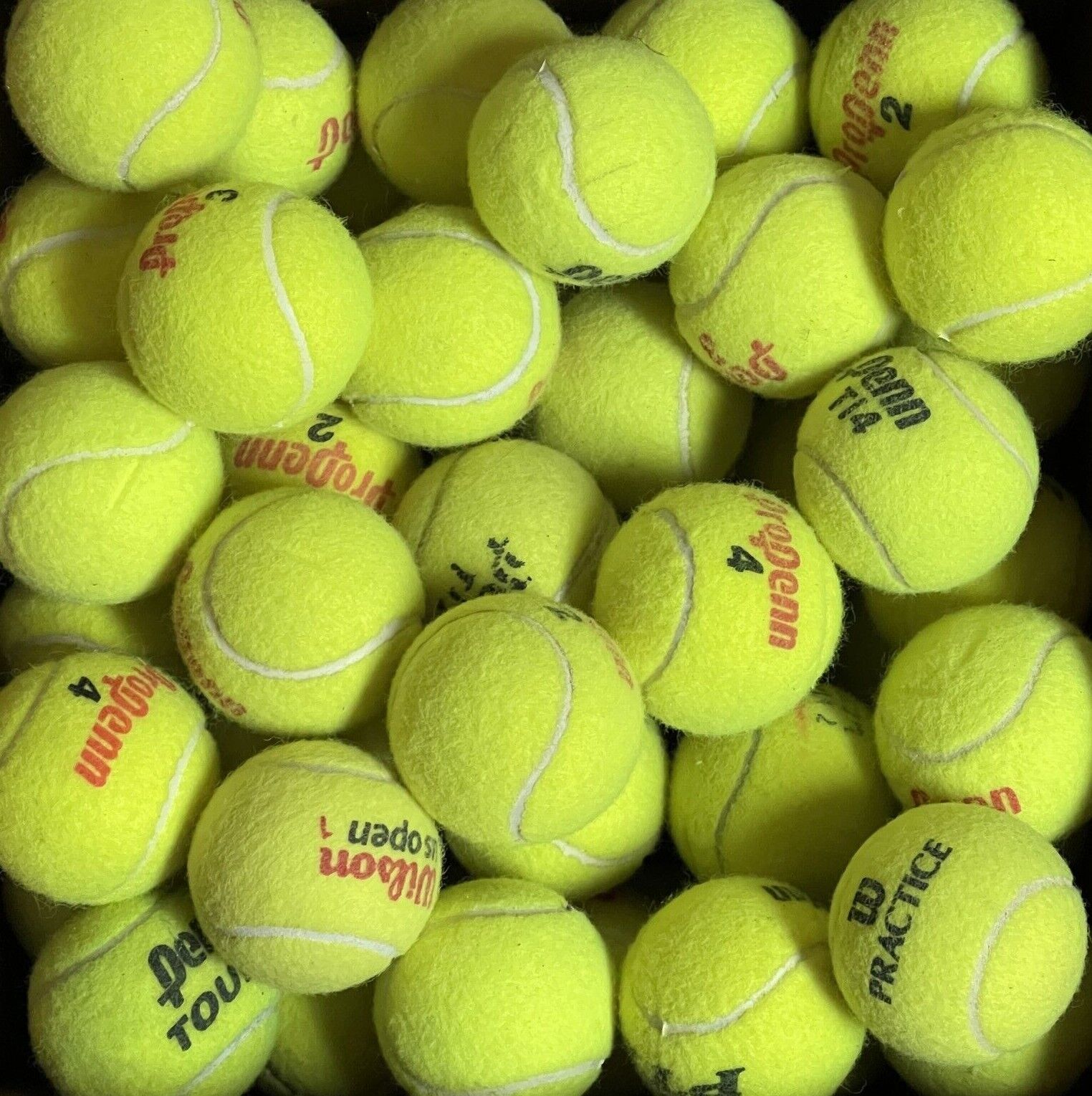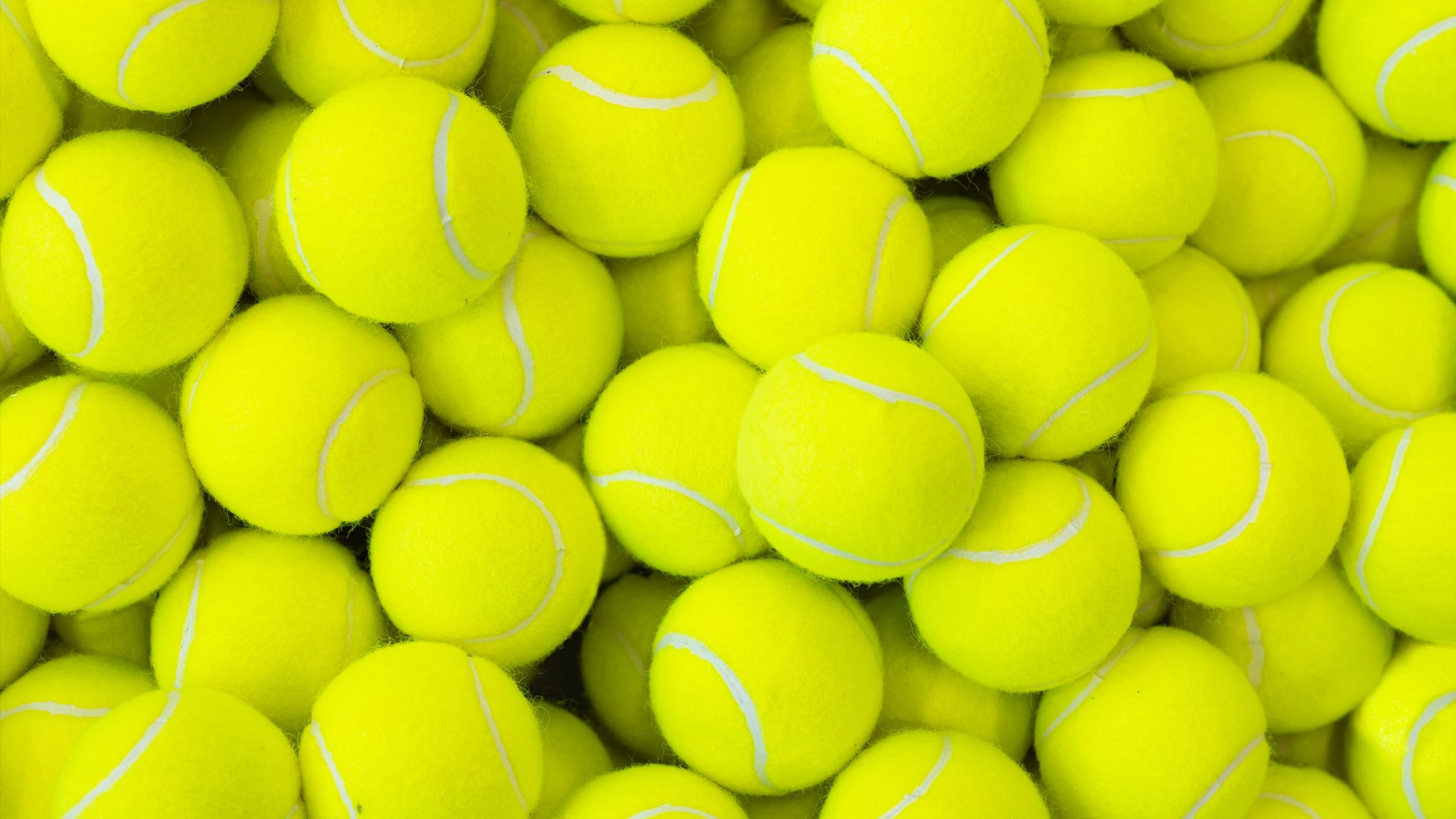In the dynamic game of tennis, every detail counts, from the player’s skill set and racket quality to the court’s condition. Yet, one often overlooked detail is the state of the tennis ball itself. Clean your tennis dirty balls aren’t just about aesthetics; their condition directly influences the game’s outcome. When free from dirt and grime, they maintain consistent bounce, predictable trajectories, and optimal aerodynamics. On the other hand, dirty or worn-out balls can introduce unpredictability, disrupting a player’s rhythm and affecting performance. Beyond gameplay, there’s also the economic angle; well-maintained balls can last longer, providing better value for money. This guide delves deep into the world of tennis ball care, emphasizing why every player, whether amateur or professional, should pay attention to the state of their balls. After all, in a game decided by split-second decisions and precision, even the smallest details can have the biggest impact.

Table of Contents
The Lifecycle of a Tennis Ball
Every new tennis ball embarks on a journey from the pristine state of being untouched to gradually showing signs of wear and tear. When first removed from its canister, a tennis ball has a fresh felt cover, a perfect bounce, and a vibrant color. As it sees gameplay, it picks up dirt, clay, or grass, depending on the court. This accumulated dirt not only affects the ball’s visual appeal but can also influence its aerodynamics and bounce. Over time, as the ball is subjected to constant strikes and the rigors of play, it starts to lose its bounce. This loss of bounce is exacerbated by the dirt and moisture the ball picks up. The outer felt can get worn out, making it look tattered and affecting its performance. This natural decline is why players often seek methods to clean balls and rejuvenate their tennis balls, hoping to extend their life and maintain optimal gameplay.
Why Cleaning Tennis Balls is Essential
In the realm of tennis, even the slightest variations in equipment can influence the outcome of a game. Dirty tennis balls, laden with grime and dust, don’t just look unappealing; they have altered aerodynamics, leading to unpredictable trajectories and suboptimal bounce. Such inconsistencies can disrupt a player’s rhythm, forcing them to adapt to the irregularities rather than focusing on strategy. Similarly, choosing the right equipment, like the Best Tennis Racquets for Control, is crucial for players who value precision and consistency in their game.
Moreover, regularly cleaning tennis balls extends their lifespan. A well-maintained ball retains its bounce and responsiveness for a longer period, reducing the frequency of replacements. Given the cost of high-quality tennis balls, this translates to significant savings over time. Hence, cleaning tennis balls isn’t just about aesthetics or gameplay; it’s also an economical choice, ensuring players get the most value from their investment.
Tools and Materials You’ll Need
For those aiming to keep their tennis balls in prime condition, having the right tools and materials is paramount. First and foremost, warm water is essential, aiding in the gentle removal of grime without damaging the ball’s felt exterior. A washing machine, preferably one with a gentle spin cycle, becomes invaluable when looking to clean multiple balls efficiently. Post-washing, a dryer with a no-heat setting ensures the balls are dried without risking damage to their structure. Additionally, having a soft cloth or towel can assist in manual cleaning or drying. Collectively, these tools make the process of rejuvenating your tennis balls seamless and effective.
Cleaning Tennis Balls by Hand
Maintaining tennis balls doesn’t always necessitate complex machinery. Sometimes, a simple hand cleaning is all it takes to bring back the bounce and shine. Here’s how:
Using Warm Water
Prepare the Water: Begin by filling a basin or bucket with warm water. Ensure it’s not too hot to prevent potential damage to the ball’s felt.
Dip and Swirl: Submerge the tennis ball into the water, gently swirling it around to loosen any dirt.
Gentle Scrubbing: For stubborn dirt spots, use a soft brush or cloth, ensuring you scrub lightly to avoid damaging the felt.
Rinse: Once cleaned, rinse the ball with cool water to remove any loosened grime and soap residues if any were used.
Dry and Store
Towel Dry: Post-cleaning, place the tennis ball on a soft towel and gently pat it to remove excess water. This step is crucial as it aids in quicker drying.
Air Dry: Allow the tennis ball to air dry completely. Place it in a well-ventilated area, away from direct sunlight, which can degrade the ball’s quality.
Storage: Once dried, store your tennis balls in a cool, dry place. If possible, keep them in their original canisters to retain optimal bounce. This prevents them from losing pressure and ensures they’re ready for the next match.
By following these steps, you can ensure your tennis balls remain in top condition, offering consistent gameplay each time.
Using a Washing Machine
Tennis enthusiasts often lean towards washing machines for a quick and efficient way to clean multiple balls. While convenient, it’s essential to use the right techniques to ensure the balls remain undamaged.
Preparing Your Tennis Balls
Before diving into the wash, remove any loose dirt or grass from the tennis balls by lightly brushing them. This pre-wash step ensures a more effective cleaning and prevents excess debris from settling in your machine.
Wash Tennis Balls
- Select the Right Cycle: Use a delicate or gentle cycle to prevent vigorous agitation that could harm the balls.
- Add Detergent Sparingly: A small amount of mild laundry detergent can help in cleaning, but avoid bleach or harsh chemicals.
- Load Balls and Start: Place tennis balls evenly in the drum, ensuring it’s not overcrowded. This ensures an even clean without causing imbalance.
- Post-Wash Check: Once the cycle completes, examine the balls for any liquid soap residue and let the tennis balls soak. If needed, run a rinse cycle to ensure they’re thoroughly clean.
Drying Tennis Balls Post-Wash
- Pre-Dry Routine: Before machine drying, pat the tennis balls with a towel to remove excess moisture.
- Use a No-Heat Setting: If using a dryer, ensure it’s on a no-heat or air-only setting. Heat can degrade the ball’s structure and bounce.
- Check Periodically: Every few minutes, check the balls to ensure they aren’t getting too warm or over-dried.
- Storage: Once dried, store them as previously mentioned: in a cool, dry place, preferably in their original canisters.
Adhering to these methods ensures not only clean tennis balls but also retains their prime condition for many games to come.

Common Mistakes to Avoid
Even with the best intentions, mistakes can happen. When cleaning tennis balls, sidestepping these common pitfalls can make a significant difference in preserving their quality.
Overloading the Washing Machine
Washing too many tennis balls simultaneously can lead to an imbalanced machine, potentially damaging both the balls and the appliance. Moreover, overcrowded balls might not get cleaned effectively, leaving behind grime and soap residues.
Using Harmful Cleaning Agents
Tempting as it might be to use potent detergents, they can degrade a tennis ball’s felt and internal structure. Avoid bleach, strong chemicals, or abrasive solutions, as they can strip the color, reduce bounce, and shorten the ball’s lifespan.
Drying Pitfalls
While drying might seem straightforward, errors here can be costly. Overexposure to heat can cause tennis balls to lose their bounce prematurely. Using a heated dryer setting or leaving them in direct sunlight might make the balls brittle, affecting their performance drastically. Moreover, balls that remain damp for extended periods can develop mold or mildew, compromising their integrity and posing potential health risks. Always ensure they are dried thoroughly yet gently to maintain their prime condition.
Tips for Maintaining Tennis Ball Quality
Ensuring longevity and consistent performance from your tennis balls is a matter of care and vigilance. Here are some guiding tips to aid in this endeavor.
Storing Tips
Storing tennis balls in their original canisters or pressurized containers helps retain bounce. Avoid leaving them outdoors, as fluctuating temperatures and moisture can degrade quality rapidly.
Regular Cleaning
Incorporate a routine cleaning habit, depending on your play frequency. This prevents dirt accumulation, ensures consistent bounce, and extends the ball’s life. Whether by hand or machine, regular cleaning can make a considerable difference.
Recognizing Wear and Tear
Every ball has a lifespan. Over time, even with optimal care, they will start to lose their bounce and show visible wear. Recognizing these signs helps players determine when it’s time to retire a ball and replace it, ensuring peak performance in every game.
Conclusion
The world of tennis thrives on precision, technique, and consistent gameplay. At the heart of this is the humble tennis ball, often underestimated but playing a pivotal role in every match. For those new to the game, understanding and choosing the right equipment, such as the Best Tennis Racquets for Beginners, is just as important as maintaining your tennis balls. Over time, these balls collect dirt, lose their sheen, and slowly degrade in performance. However, as we’ve explored, there are ways to extend their life and ensure they offer consistent bounce and speed. Cleaning and maintaining tennis balls is not merely about aesthetics—it’s a commitment to the game, to every serve, volley, and rally. It’s about saving money in the long run, getting the most out of each ball, and, most crucially, ensuring every match is played at its best. So, the next time you step onto the court, remember that the quality of your tennis balls can make all the difference. Play smart, play clean, and let every game be your best.
FAQ
How to keep tennis balls clean?
To keep tennis balls clean, it’s essential to store them in a sealed container when not in use. Avoid using them on wet or muddy courts, and try to play on clean, well-maintained surfaces. After each game or practice session, remove any visible dirt or debris before storing.
How to clean dirty tennis balls?
To clean dirty tennis balls, fill a bucket with warm soapy water and gently scrub the tennis balls using a soft brush. Rinse thoroughly with clean water and let them air dry. Avoid submerging them for prolonged periods, as this can affect their bounce and longevity.
How to clean an old headstone tennis balls?
The phrasing might be a bit confusing, but if you’re looking to clean tennis balls that have been lying around old headstones or graveyards, it’s important to be gentle. Use a soft brush to dust off any debris. If needed, lightly dampen a cloth with water and wipe them down. Ensure they’re completely dry before storing to prevent mold and mildew. If you’re actually seeking to clean an old headstone, it’s a separate process and requires different care than tennis balls.

I’m Heorhii Rysak, a go-to sports enthusiast and blogger. My fascination with sports began in my childhood with karate, setting the foundation for my love of physical fitness. Over the years, I’ve delved into various disciplines, including martial arts and CrossFit, and developed a passion for tennis. I bring a wealth of practical experience to my blog, where I share equipment reviews, workout plans, and fitness advice. My goal is simple: to inspire and assist you in your journey toward better health and performance.